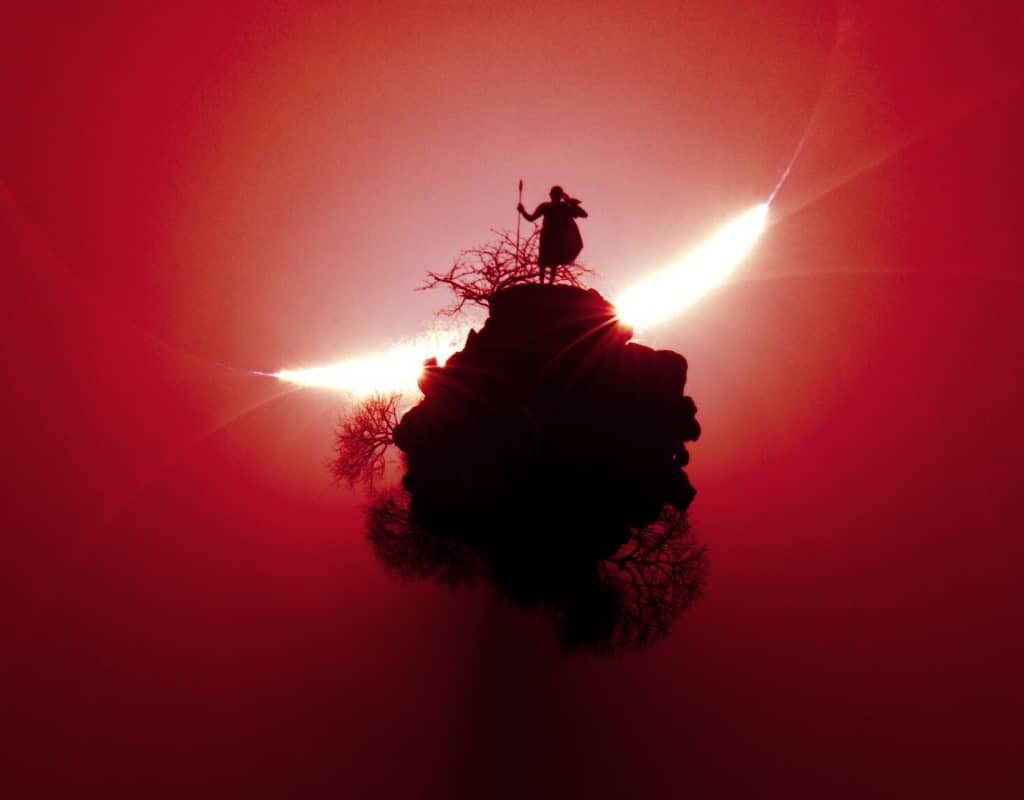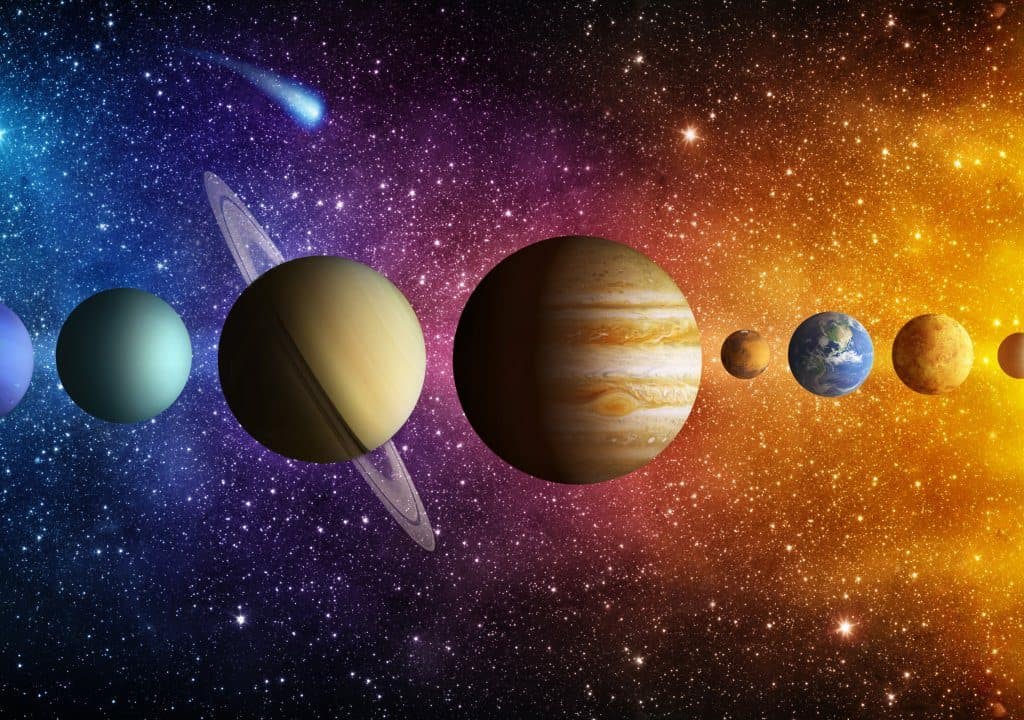The world will have the privilege of witnessing the first solar eclipse of 2023, a celestial show that occurs when the Moon passes between the Earth and the Sun. This astronomical phenomenon which often captivates science lovers and space enthusiasts will take place on April 20 of that year.
The First Hybrid Solar Eclipse of 2023
An unforgettable celestial experience
The National Aeronautics and Space Administration (NASA) has confirmed that the eclipse shadow will have coverage that will range between 80 and 280 kilometers. It all depends on the position of the celestial bodies at the moment the Moon reaches a perfect alignment between the Earth and the Sun.
This is an extremely fascinating astronomical phenomenon, as the Sun is completely hidden behind the Moon during a solar eclipse. This produces a kind of luminous ring that surrounds our natural satellite. It is for this reason that it is called the “ring of fire”.
While the visibility of the solar eclipse varies depending on the geographical location, some privileged places in the world will have the honor of seeing it in all its splendor. The skies of Australia, Indonesia and the Pacific Ocean will witness the majesty of this celestial event.
2023 Hybrid Solar Eclipse
The perfect combination of total and annular solar eclipses
In addition to being the first solar eclipse of 2023, this celestial phenomenon will be a type of hybrid solar eclipse, also known as an annular/total solar eclipse.
This type of eclipse is uncommon and has a peculiar characteristic: if the Sun and Moon are almost exactly the same size as seen from Earth, it is possible that the Moon will not completely cover the Sun at either end of the path (annular) but will cover it in the middle of the path (total).
Carol Redford, a specialist at Stargazers, the astronomical observation platform for beginners, explained that during this hybrid solar eclipse, observers will have the opportunity to appreciate a spectacular combination of the two most common types of solar eclipses: total and annular eclipses.
During a total solar eclipse, the Moon completely covers the Sun, creating a ring of fire in the sky. While in an annular solar eclipse, the Moon does not completely cover the Sun, leaving a thin strip of visible sunlight.
In contrast, during a hybrid solar eclipse, observers can experience both effects, first the annular eclipse and then the total eclipse.
2023 Solar Eclipse: Where to See it in Latin America? Safety and Preparation Tips
For those interested in witnessing this incredible astronomical event, it’s important to note that the geographical region of visibility for the hybrid solar eclipse on April 20, 2023, starting at 04:17:55 UTC will be concentrated in Asia, India, Australia, the Philippines and New Zealand, Indonesia and Papua New Guinea.
However, in Latin America, the countries that will be able to enjoy the celestial spectacle are Argentina, Uruguay, Peru, Chile, Bolivia and Paraguay. Observers in these regions will be able to appreciate the eclipse in its annular and total phases, depending on the location.
It’s important to note that in order to enjoy the hybrid solar eclipse, it’s necessary to find a suitable place for observation. Ideally, find a site with little light pollution and clear skies for a clear view of the event.
It’s essential to take safety measures when observing a solar eclipse, such as using special lenses designed for solar observation or using a solar viewer to protect your eyes from solar radiation.
It’s recommended not to look directly at the sun without protection as this can cause irreparable damage to your eyes.
If you’re unable to witness the eclipse in person, NASA offers the possibility of following the event through their official live-streaming channels, allowing enthusiasts from around the world to enjoy this celestial show from the comfort of their homes.
Solar Eclipse
A Cosmic Alignment that Captivates the World
A solar eclipse is a fascinating astronomical event that occurs when the Moon, Earth and Sun align. During this phenomenon, the Moon passes in front of the Sun, blocking its light and projecting a shadow on Earth.
There are two types of solar eclipses: total and partial. In total eclipses, the Moon completely blocks the Sun’s light, while in partial eclipses, only a part of the Moon passes between Earth and the Sun. The type of eclipse that occurs depends on the position and level of alignment of the celestial bodies. While solar eclipses are not rare, total eclipses are much less frequent and more spectacular.
The next total solar eclipse will take place on April 8, 2024 and will darken North America. This astronomical event will begin in Mazatlan, Mexico, at 10:51 a.m. local time and will move northeast, immersing a strip of land 124 miles wide that extends from Mexico to Canada.




